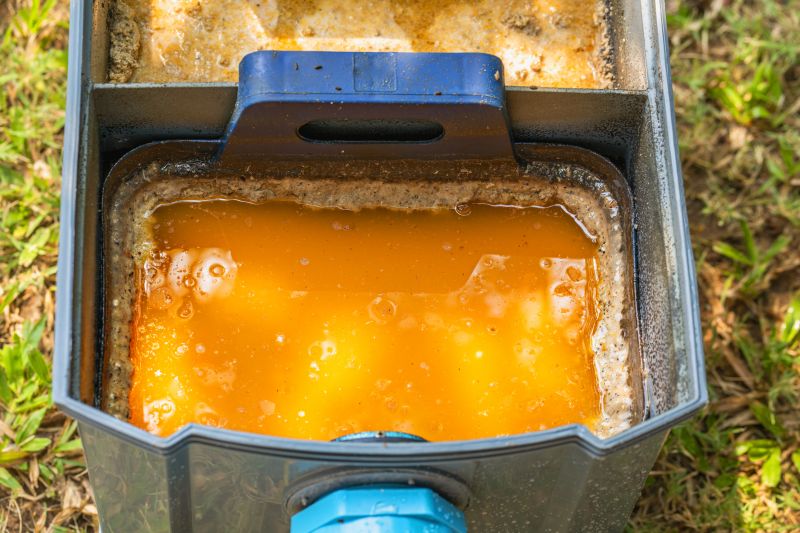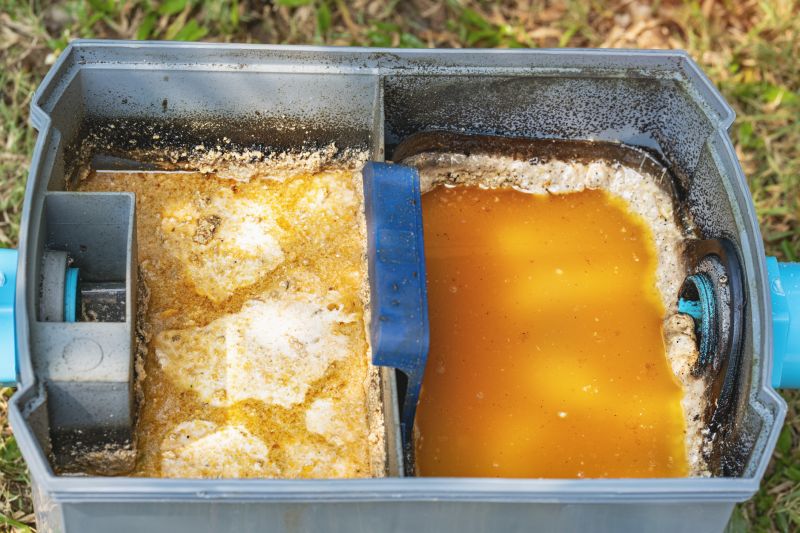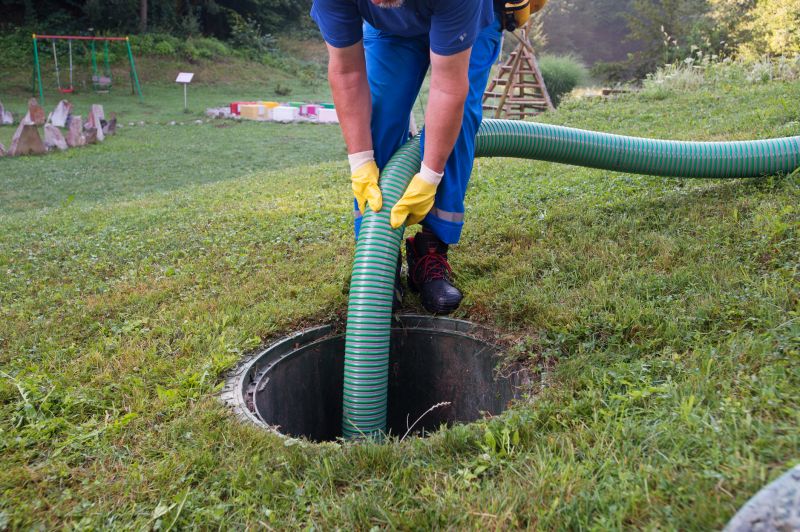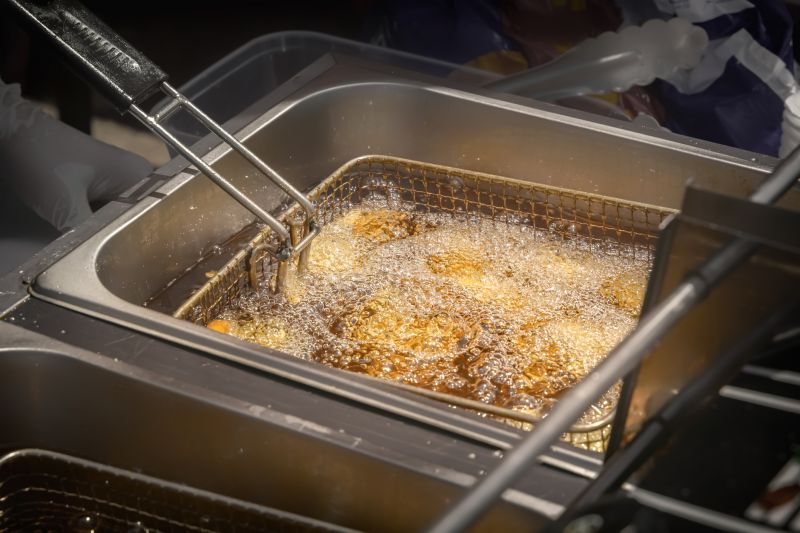Custom Grease Trap Cleaning Plans
Regular grease trap cleaning is essential for maintaining proper kitchen operations and preventing costly plumbing issues. Properly maintained traps reduce the risk of blockages, foul odors, and potential health code violations. The frequency of cleaning depends on the volume of grease generated, but most establishments require service every few months.

Advanced tools and equipment are used to efficiently remove accumulated grease and debris from traps.

Accumulated grease is removed to prevent blockages and foul odors, ensuring smooth kitchen operations.

Cleaned and inspected grease traps ready for safe operation until the next scheduled cleaning.
Grease trap cleaning involves removing the build-up of fats, oils, and grease that accumulate over time. This process typically takes between 30 minutes to an hour depending on the size of the trap and the level of accumulation. Professional technicians use specialized equipment to ensure thorough cleaning without disrupting kitchen activities.
Hiring a professional for grease trap cleaning ensures the process is performed safely and effectively. Professionals are trained to handle waste disposal properly and to inspect the trap for any signs of damage or malfunction. Regular maintenance by experts helps extend the lifespan of the trap and prevents costly repairs or service interruptions.
Professionals follow a systematic approach to remove all grease buildup, inspect the trap, and ensure proper operation.
A typical cleaning session is quick, minimizing disruption to kitchen workflows.
Regular cleanings help prevent plumbing issues, foul odors, and potential health violations.
Technicians assess the condition of the trap and identify potential problems early.

A buildup of grease and debris in the trap before cleaning begins.

Technicians removing grease using specialized equipment.

The trap is thoroughly cleaned and inspected for optimal performance.
To receive a quote for grease trap cleaning services, fill out the contact form. Detailed information about the size of the trap and the frequency of service will help provide an accurate estimate tailored to specific needs.



